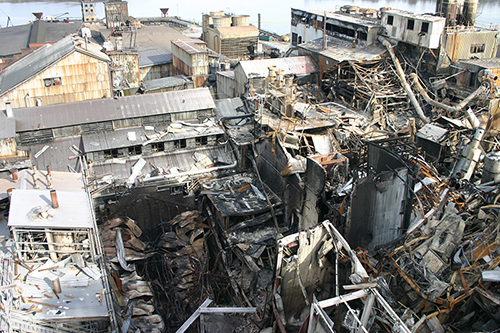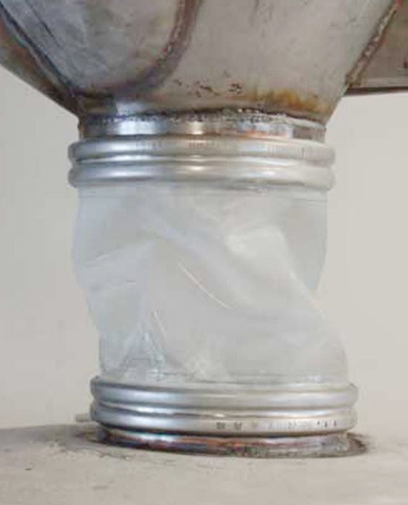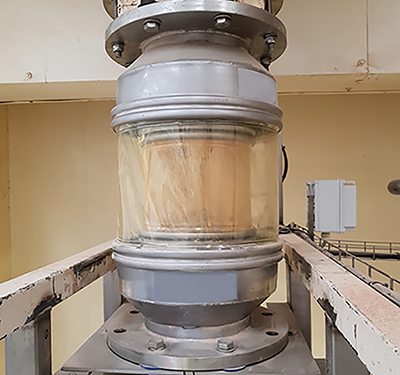 Even with static dissipative connector materials and grounding cables, some powders being processed are so combustible that, to comply with safety requirements like ATEX, any electrical equipment within a particular radius of a transition would need to be rated to that standard.
Even with static dissipative connector materials and grounding cables, some powders being processed are so combustible that, to comply with safety requirements like ATEX, any electrical equipment within a particular radius of a transition would need to be rated to that standard.
This is as a precaution in case there is a failure of a connector and dust escapes into the immediate environment, potentially setting the scene for a combustible dust explosion if a spark were to be created by that electrical equipment.
ATEX-rated equipment can be substantially more expensive than standard versions simply because of the nature of the additional casing and sealing required to achieve this certification.
An option to solve this issue is to install an additional outer BFM® fitting ‘layer’ (see adjacent), effectively reducing the ATEX safety zone requirement to just be in between the two connectors. If the inner connector was to fail for any reason, the outer connector would contain and prevent any dust from escaping into the rest of the factory until the inner connector can be replaced.
This simple solution has saved a number of BFM® fitting customers thousands in electrical equipment costs as they weren’t required to install the high-end ATEX-rated equipment.
For more information on the ATEX rating of our products, take a look at our Certification & Compliance information.
.webp)
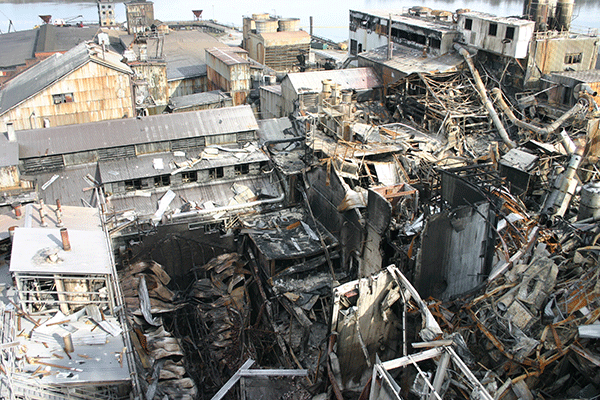
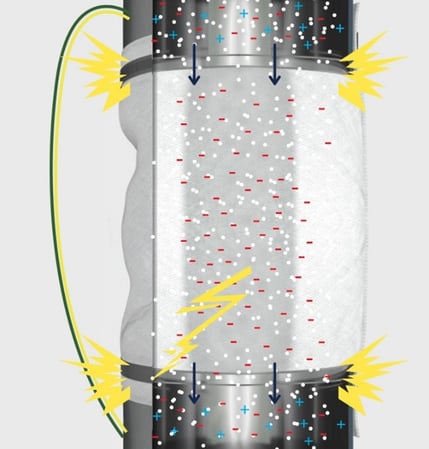
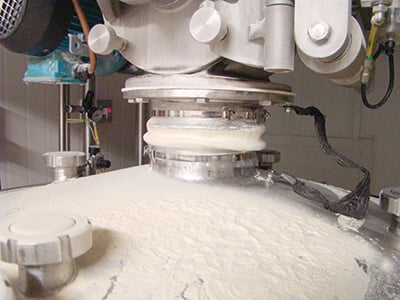
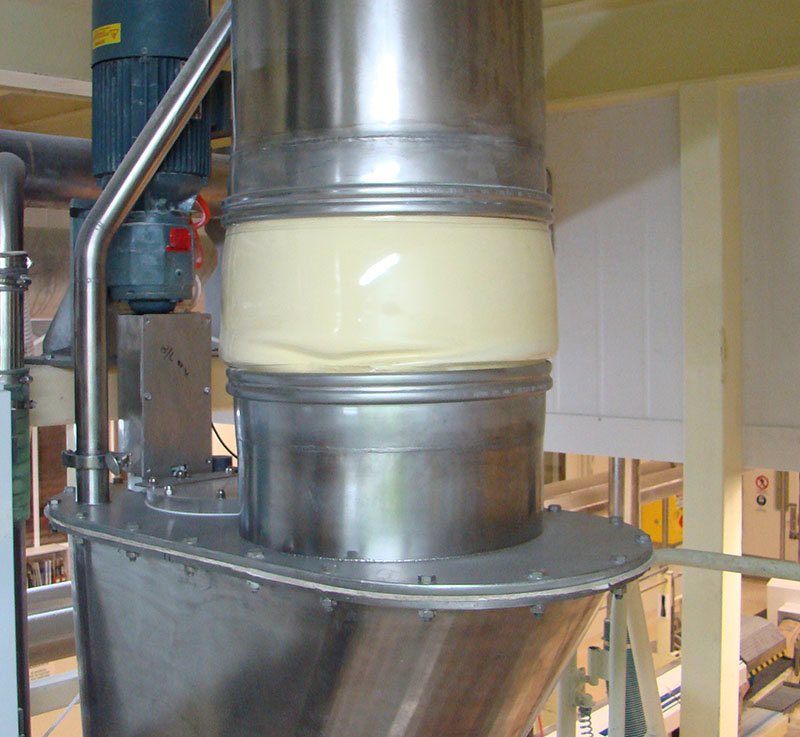
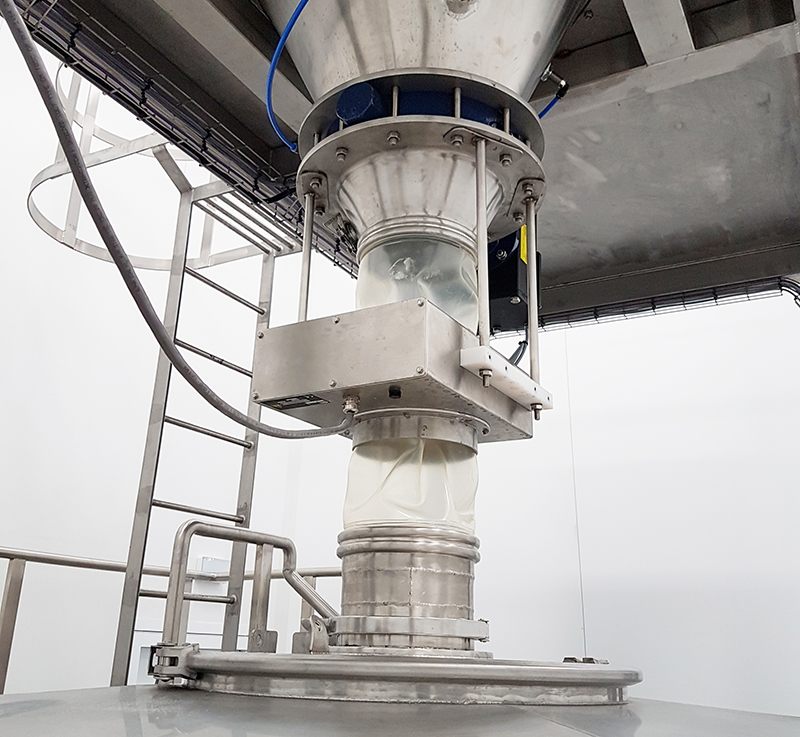
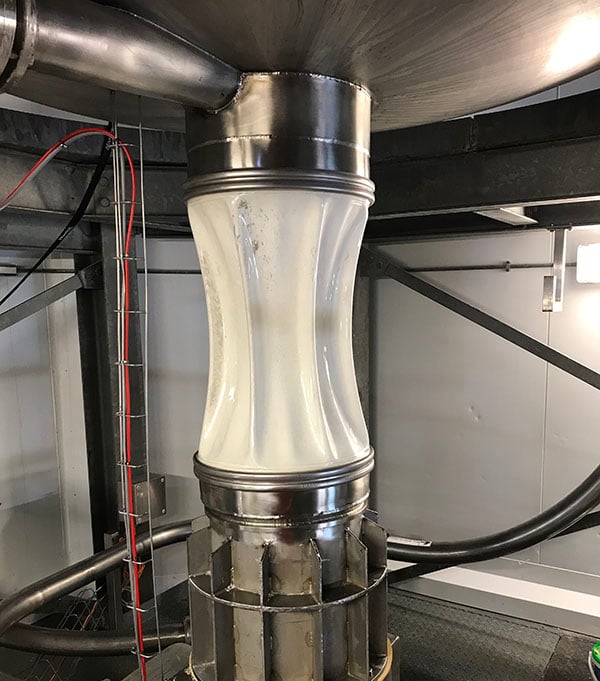
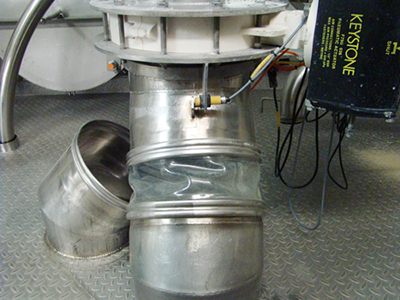
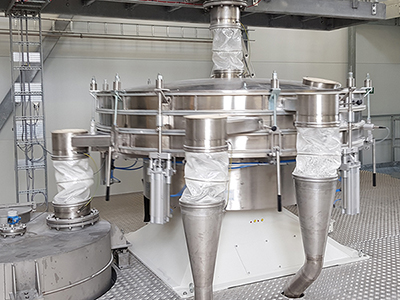
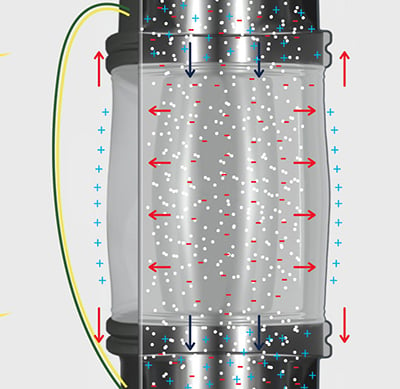 y, static dissipative connectors like the BFM®
y, static dissipative connectors like the BFM®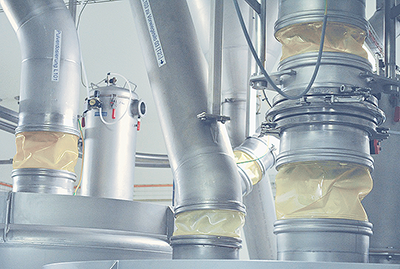

 Even with static dissipative connector materials and grounding cables, some powders being processed are so combustible that, to comply with safety requirements like ATEX, any electrical equipment within a particular radius of a transition would need to be rated to that standard.
Even with static dissipative connector materials and grounding cables, some powders being processed are so combustible that, to comply with safety requirements like ATEX, any electrical equipment within a particular radius of a transition would need to be rated to that standard. 